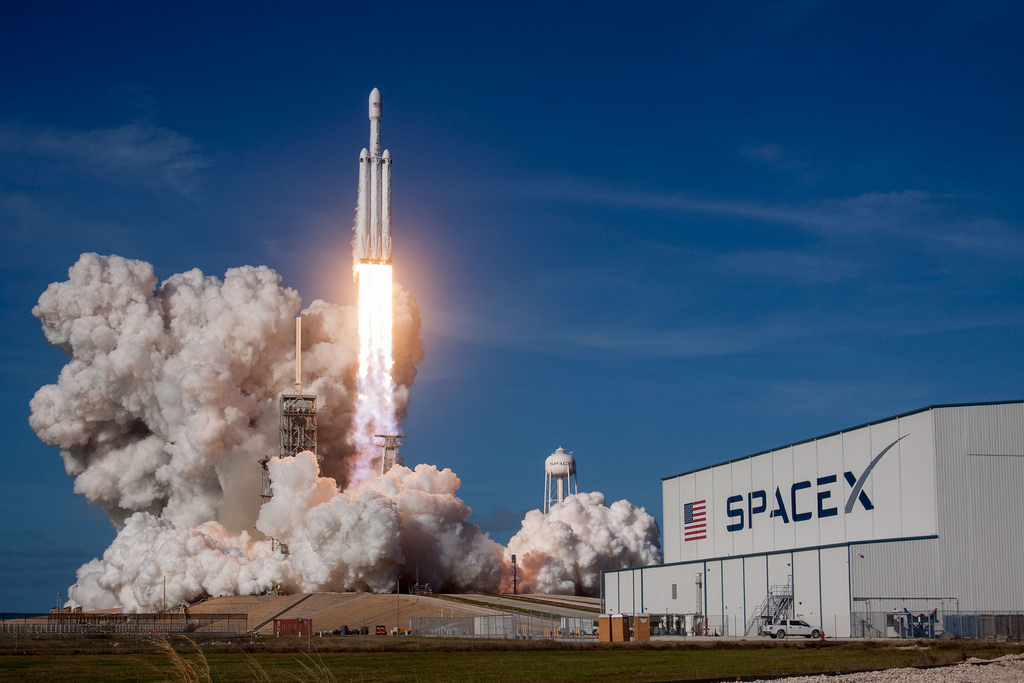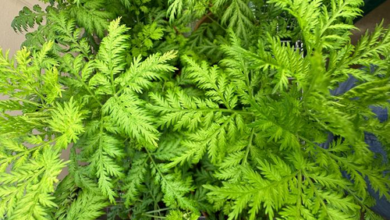NASA successfully extracts oxygen from lunar soil simulant

Washington, April 26: Scientists at NASA have successfully extracted oxygen from simulated lunar soil, even as the space agency works toward sending astronauts to the Moon through Artemis missions.
Lunar soil refers to the fine-grained material covering the Moon’s surface. This was the first time that this extraction has been done in a vacuum environment, paving the way for astronauts to one day extract and use resources in a lunar environment, called in-situ resource utilisation.
Oxygen remains a crucial building block for establishing a long-term presence on the lunar surface. In addition to using oxygen for breathing, it can also be used as a propellant for transportation, helping lunar visitors stay longer and venture farther.
“With the successful completion of this demonstration test, NASA has established that oxygen can be extracted from existing lunar material to provide humans with resources critical for survival and transportation on extraterrestrial worlds,” the agency said.
NASA’s Carbothermal Reduction Demonstration (CaRD) team at Johnson Space Center in Houston conducted the test in conditions similar to those found on the Moon by using a special spherical chamber with a 15-feet diameter called the Dirty Thermal Vacuum Chamber.
The chamber is considered “dirty” because unclean samples can be tested inside.
The team used a high-powered laser to simulate heat from a solar energy concentrator and melted the lunar soil simulant within a carbothermal reactor. A carbothermal reactor is where the process of heating and extracting the oxygen takes place.
After the soil was heated, the team was able to detect carbon monoxide using a device called the Mass Spectrometer Observing Lunar Operations (MSolo), which is similar to a device that will fly on two upcoming exploration missions to the Moon’s South Pole.
“This technology has the potential to produce several times its own weight in oxygen per year on the lunar surface, which will enable a sustained human presence and lunar economy,” said Aaron Paz, NASA senior engineer and CaRD project manager at Johnson.
To apply this process to oxygen production on the Moon, a carbothermal reactor needs to be able to hold pressure to keep gases from escaping to space, while still allowing lunar material to travel in and out of the reaction zone.
Operating the reactor in a vacuum environment for the CaRD test simulated the conditions at the lunar surface and increased the technical readiness level of the reactor to a six, which means the technology has a fully functional prototype or representational model and is ready to be tested in space.
“Our team proved the CaRD reactor would survive the lunar surface and successfully extract oxygen,” said Anastasia Ford, NASA engineer and CaRD test director at Johnson. “This is a big step for developing the architecture to build sustainable human bases on other planets.”
The same technology could be applied to Artemis missions, and one day to journeys deeper into the solar system.






